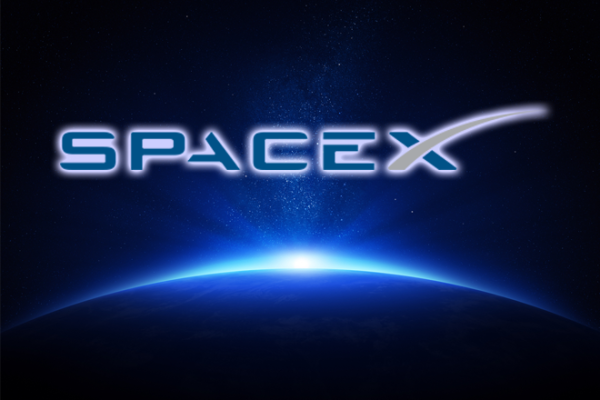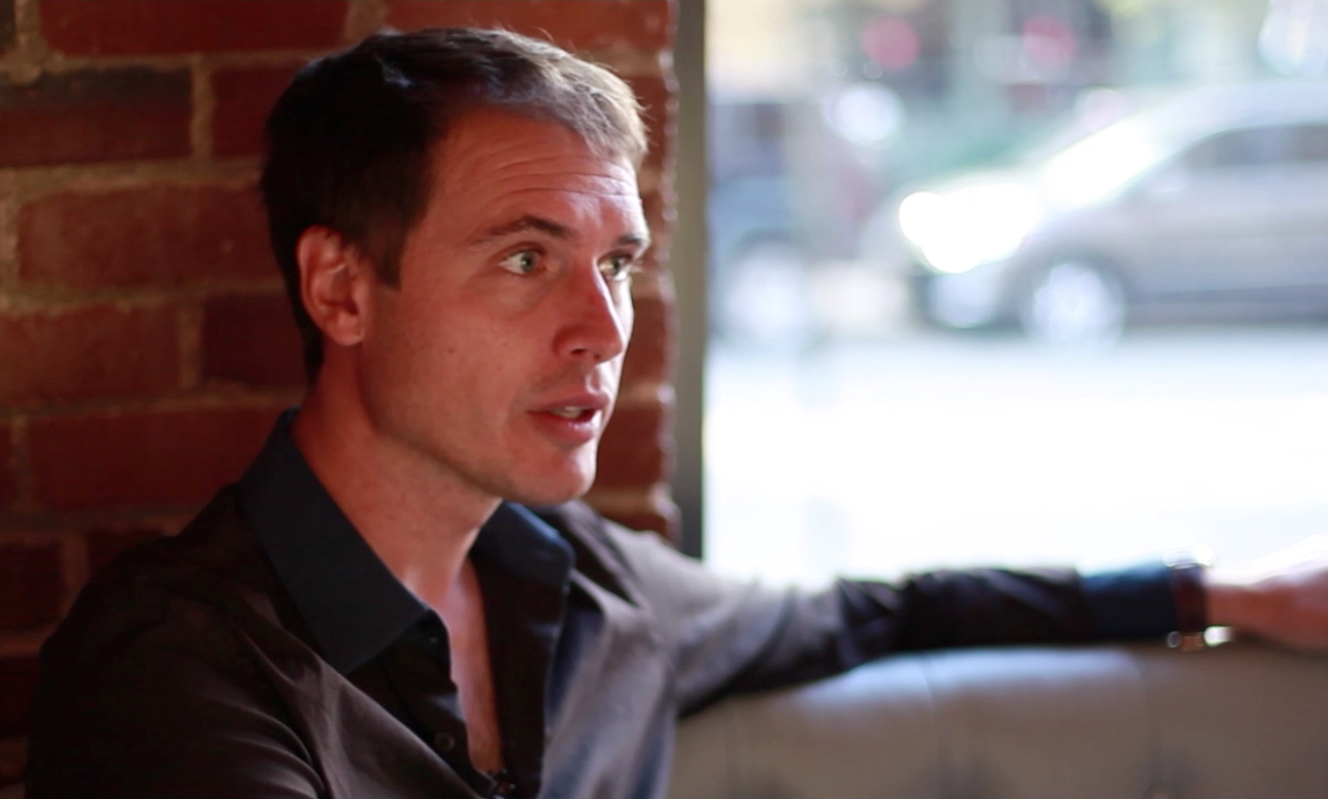SpaceX's Dragon spacecraft successfully carried more than 4,300 pounds of supplies to the International Space Station. A second feat of rocket science was attempted in the landing of the 1st stage of the Falcon 9 rocket on a platform in the ocean.
It was impressively close.
It's important to remember that the ascent part is still a magnificent achievement - those that might be tempted into thinking it's become routine need only to look at the recent Orbital Sciences explosion. The landing, however, would have been an exciting first for humanity.
If SpaceX can perfect this move, they will be able to reuse their rockets, rather than building a new one each time. Such an advancement would dramatically lower the cost of flying cargo (and people) into space.
Below is another angle of footage, this time it was filmed by a chaser plane - in slow-motion HD.
Check it out:
From SpaceX's website:
The odds of success are not great—perhaps 50% at best. However this test represents the first in a series of similar tests that will ultimately deliver a fully reusable Falcon 9 first stage.
Returning anything from space is a challenge, but returning a Falcon 9 first stage for a precision landing presents a number of additional hurdles. At 14 stories tall and traveling upwards of 1300 m/s (nearly 1 mi/s), stabilizing the Falcon 9 first stage for reentry is like trying to balance a rubber broomstick on your hand in the middle of a wind storm.
In the end, perhaps it's for the best that Elon Musk didn't stick his landing. His current twitter profile photo looks an awful lot like Dr. Evil. Plus there's this tweet remarking about the Falcon 9 landing.
If this works, I'm treating myself to a volcano lair. It's time.
— Elon Musk (@elonmusk) April 15, 2015
Joking about being an evil genius is the sort of thing an evil genius might do. Isn't it?




